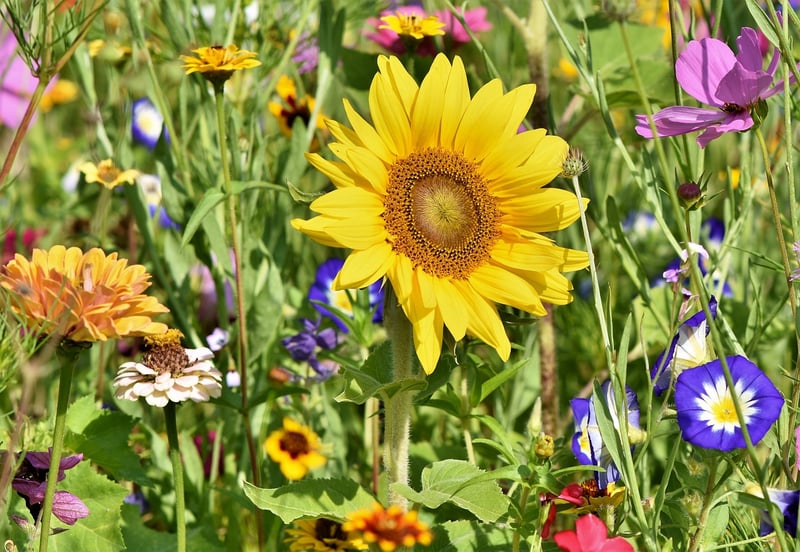Companion Planting
Protecting Your Plants with Companion Planting

Are you looking for natural ways to protect your garden plants and promote their growth? Companion planting might be the solution you need. By strategically planting certain crops together, you can create a mutually beneficial environment that helps ward off pests, improve soil quality, and increase overall yield.
What is Companion Planting?
Companion planting is the practice of growing different plants in close proximity to one another to achieve specific benefits. These benefits can include pest control, pollination enhancement, maximizing use of space, and providing nutrients to neighboring plants.
Benefits of Companion Planting:
- Natural pest control
- Improved pollination
- Enhanced flavor and growth
- Weed suppression
- Soil improvement
Common Companion Planting Combinations:
Some popular companion planting combinations include:
- Tomatoes and Basil
- Carrots and Onions
- Cucumbers and Nasturtiums
- Beans and Corn
- Marigolds and Roses
How to Get Started:
- Research companion planting combinations suitable for your region.
- Plan your garden layout to optimize plant pairings.
- Consider the growth habits and compatibility of different plants.
- Monitor your garden regularly to assess the effectiveness of companion planting.
By incorporating companion planting techniques into your gardening practices, you can create a harmonious ecosystem that benefits both your plants and the environment. Give it a try and watch your garden thrive!
Remember, nature has its way of balancing and protecting plants when given the right conditions. Companion planting is a sustainable and eco-friendly approach to gardening that can lead to healthier plants and a more bountiful harvest.

Start your companion planting journey today and enjoy the rewards of a vibrant and flourishing garden!
